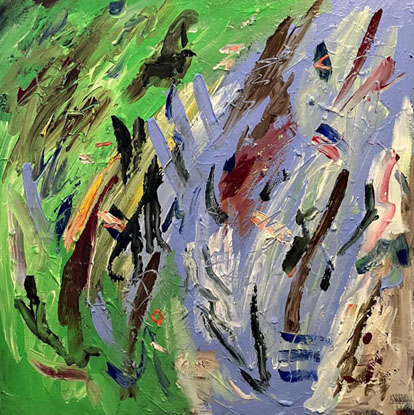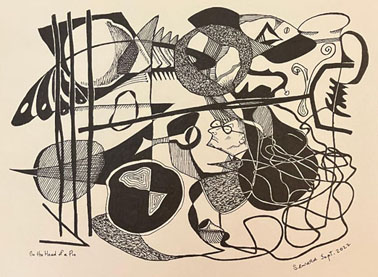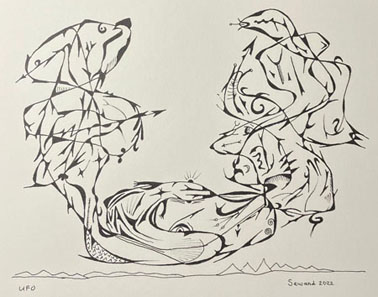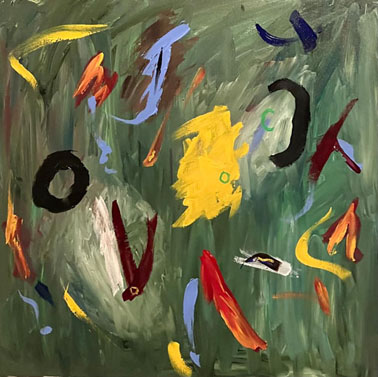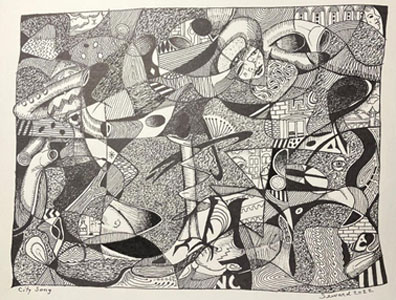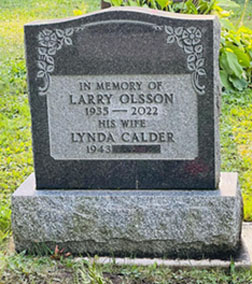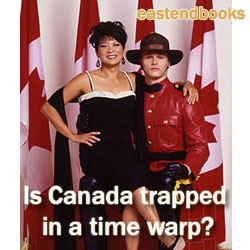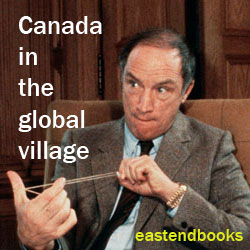The long journey to ending the British monarchy in Canada actually began just after the Second World War
Sep 18th, 2022 | By Counterweights Editors | Category: In BriefCOUNTERWEIGHTS EDITORS, GANATSEKWYAGON, ON. SEPTEMBER 18, 2022. The extravaganza following the death of Queen Elizabeth II has been especially concentrated in the old imperial metropolis across the seas. And there as well the Queen’s state funeral tomorrow will begin at 11 AM BST (or 6 AM EDT here in North America).
Whatever else, all this amounts to an authentic historic moment. Great Britain and the British Empire and Commonwealth were one thing when Elizabeth II unexpectedly inherited the throne on February 6, 1952. The United Kingdom and the Commonwealth of Nations were another quite different thing when she passed away on September 8, 2022.
Along with the United Kingdom itself and other so-called “Commonwealth realms,” the change has everything to do with present-day life in Canada (and in less direct ways the wider global village). The Queen’s death marks a dividing line of sorts. (See, eg, the September 15, 2022 statista report, “India Overtakes UK to Become Fifth Biggest Economy.”)
Around this aging table here we counterweights editors were all of 6, 7, 8, and 9 years old when the 20-something Elizabeth Windsor suddenly became Queen Elizabeth II.
We were all living in one or another part of Southern Ontario in central Canada — then still a somewhat more obviously colonial and rather aggressively British North American place, with a British red ensign standing in for the independent Canadian flag that did not arrive until 1965.
We all remember getting bronze coronation medals some 16 months later. (As explained by coinquest.com today : “Every school child in Canada got one … when Queen Elizabeth II was crowned in 1953. There are plenty of them to go around, and that keeps the price low.”)
At our meeting this morning it became clear that some of us still have our Queen Elizabeth coronation medals! (According to coinquest.com current prices range from $1 US for a “low relief – worn” medal to $100 for one that qualifies as “high relief – fully uncirculated.”)
Queen Elizabeth II’s unexpected accession to the top job in the contemporary British monarchy — described as a kind of matriarchal public-private enterprise in John Pearson’s book of 1986, The Ultimate Family : The Selling of the House of Windsor — took place just some three weeks before a particular Canadian event. And this would advance an ongoing theme in the growth of a new Canadian democracy that can be traced back to the first Canadian Citizenship Act in 1947.
On February 28, 1952 the Canadian-born scion of a farm machinery manufacturing empire, Vincent Massey (brother of Hollywood actor Raymond), was sworn in as (in the later formulation of the monarchist TV comedian Larry Zolf from Winnipeg) “the first Canadian governor general who was not a British aristocrat, and the last who looked like he was.”
The Canadian flag in 1965 was another milestone in Canada’s post Second World War democratic growth. (By this point we various counterweights editors were approaching our early 20s.) The Constitution Act, 1982 (late 30s) — which finally “patriated” Canada’s Constitution from the United Kingdom (and gave us some unusually demanding home-grown constitutional amending formulas) — was a major marker on the same long journey.
Virtually all recent and current opinion polls suggest that the Canadian people of the 2020s — a rather different concoction of human beings than the Canadian people of the 1950s — are growing more interested in consummating a final step of sorts on the journey that began with the first Canadian Citizenship Act of 1947, in the immediate wake of the Second World War.
We agree with what many see as the excellent work Queen Elizabeth II has done for a record 70 years, serving as constitutional monarch of the United Kingdom and such remaining “Commonwealth Realms” as Canada, Australia, Jamaica, Papua New Guinea, and so forth.
It is no slight at all on the performance of the second Queen Elizabeth, however, to say that the new Canadian democracy’s future after her reign is to finally convert from a transitional hybrid old-school colonial “parliamentary democracy and constitutional monarchy” into a simpler and more common-sense and up-to-date “parliamentary democratic republic” — broadly on models already pioneered by such other former self-governing British dominions as Ireland and India (or beyond the Commonwealth, say, 21st century Germany and Iceland).
There can be no doubt that, as a matter of domestic politics in Ottawa and all 10 provincial capitals abolishing the monarchy in Canada (and probably resolving some additional nagging constitutional issues at more or less the same time, starting with the Québécois nation and Indigenous rights) is going to prove a challenging and long enough assignment.
But some of our generation (certainly including all of us here) were born as “British subjects” shortly before the first Canadian Citizenship Act took effect in 1947 — and turned us into “Canadian citizens.”
We have also been very much moulded by the independent Canadian flag in 1965, and the Constitution Act, 1982. For us the idea that Canada is not going to fulfill the destiny implied by these earlier milestones, and ultimately replace the British monarch with an independent Canadian head of state, just seems like giving up on the increasingly strong and open-ended Canada that belongs to the practically sovereign Canadian people of the 21st century.
We finally cannot see any reason at all for doing that!
Again, we agree the record-breaking Queen Elizabeth II has performed very well, and her passing marks the historic end of an era. We conclude (for the moment!) by noting that section 1 of the Constitution Act, 1982 (which starts with the Canadian Charter of Rights and Freedoms) points to “a free and democratic society.” And that, not even an ancient prestigious monarchy in another country far away, is what defines our Canadian experiment today.
